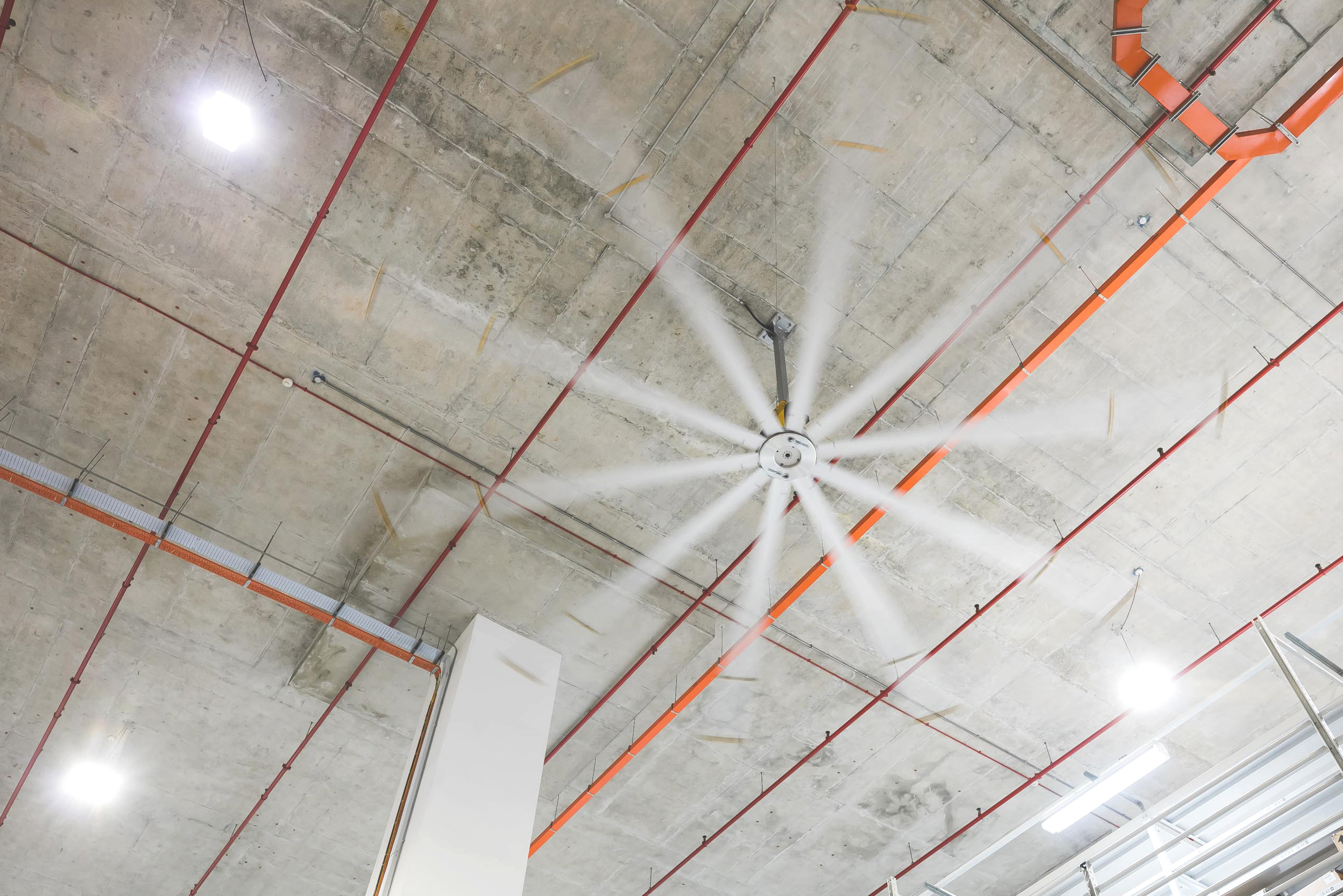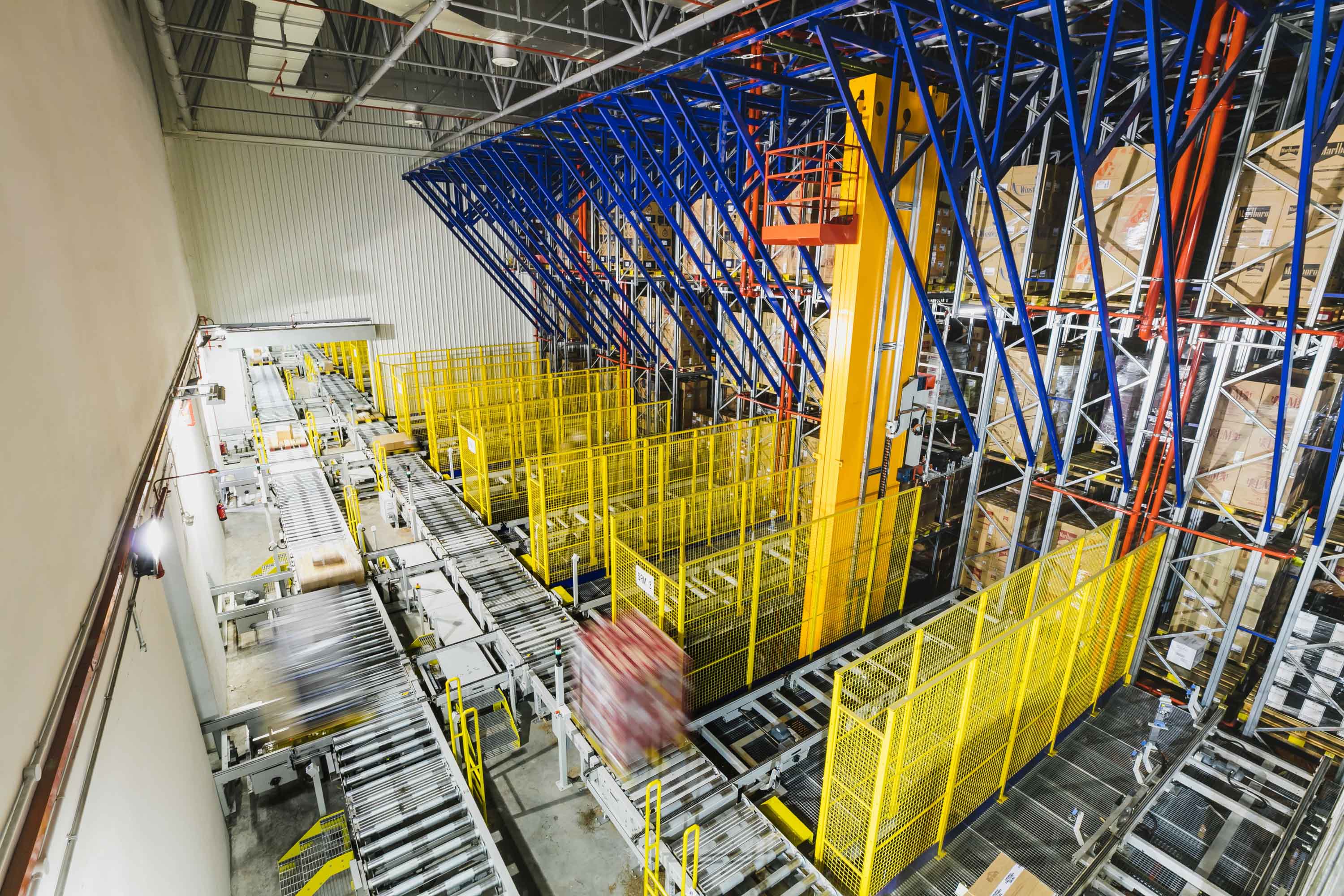
Greening Asia’s booming logistics trade
Logistics providers looking to tap 60 per cent of the world’s consumers in Asia face a significant challenge today: they must also address expectations to reduce their environmental footprint.
Companies can take a leaf out of LF Logistics’ book, with its new facility World Gateway being the largest automated and customs bonded warehouse in Singapore. The regional logistics hub was designed to tap Asia’s flourishing e-commerce market.
What’s even more impressive is that it is also sustainable. LF Logistics Executive Vice President and Head of Singapore Thean Siak Sin said World Gateway consumes 30 per cent less energy than LF Logistics’ old facility, despite being four times larger.

Intelligent lighting with LEDs and motion sensors
Traditional logistics warehouses consume substantial amounts of energy in supply chains. The biqqest drain on energy is Iiqhtinq — it accounts for up to 80 per cent of all energy consumed.
As a regional distribution hub, World Gateway has significant storage capacity (130,000 pallets), and its huge size means many areas might go unpopulated for long periods.
To combat potential wastage, Thean said,
An intelligent lighting system was installed across the 1 million square feet nine-story facility, combining motion sensors and LED lighting. These LEDs last 25 times longer and emit very little heat compared to traditional metal halide lamps. They will also switch off when no movement is detected in an area.
LF Logistics’ tests found that the intelligent system achieved energy savings of 45 per cent, compared to fluorescent lighting.

Energy-efficient cooling systems inside and out
Significant energy is required to ventilate and control the temperature in traditional warehouses, both to safeguard workers’ health and protect perishable items.
World Gateway is a multi-temperature facility designed with features that reduce the need for artificial cooling, shared Thean.
On the outer shell of the building, composite paneling acts as insulation. It keeps the interiors cool, increasing the comfort and productivity of workers on hot days.
There is a mix of cooling systems on the inside. Only half the building is air-conditioned while the rest is cooled by Big Ass high-volume, low-speed (HVLS) fans. These seven-meter-wide fans circulate extremely high volumes of air but consume much less energy than air-conditioning.
Green materials in construction
Traditional warehouses are often constructed and furnished with materials that are hazardous to human health.
Paints contain heavy metals, such as lead, while many materials, including adhesives and even office equipment, emit high levels of harmful volatile organic compounds (VOCs) that pollute the air.
Thean says World Gateway was constructed and finished entirely with non-harmful materials. For example, non-toxic paints and ultra-low VOC carpets were used for indoor office areas.
Both indoor air quality and workers’ health benefitted from these moves.

Zero-emission handling equipment
Another major source of indoor air pollution in traditional warehouses is diesel-powered equipment such as forklifts, which emit harmful exhaust fumes.
World Gateway sidestepped this problem by acquiring fully electric, green-certified handling equipment, according to Thean.
Best-in-class electric-powered forklifts, cranes, conveyors and semi-automated pallet shuttles move goods throughout the warehouse. These technologies save energy and safeguard air quality with their high- efficiency motors.
An electric-powered Dematic Automated Storage and Retrieval System (ASRS) has also been deployed to move and store goods in the warehouse. This high-density system has narrow aisles and typically requires at least 25 per cent less floor space than conventional storage systems.
LF Logistics found that its electric equipment costs around 30 per cent less to operate than diesel. On top of that, the ASRS consumes 70 per cent less energy and resources than conventional solutions.

Achieving green credentials
Green design and technologies have enabled World Gateway to attain massive energy savings and meet stringent environmental certifications.
The facility has obtained BCA Green Mark Platinum, a comprehensive certification framework developed by Singapore’s Building and Construction Authority. It also has LEED Gold, one of the highest awards from an internationally recognized certification system developed by the US Green Building Council.
Thean said World Gateway’s green credentials are a key selling point. As such, plans are underway to explore adding more sustainable features such as solar panels.

Why build a regional logistics hub in Singapore?
Looking to the future, World Gateway will be developed as a regional e-commerce logistics hub. “On the ground floor, we are building an e-commerce facility for the world’s largest sports apparel company, catering to the Southeast Asian market,” said Thean.
He pointed out that Singapore provides the ideal base for such an expansion as it has consistently ranked among the top five logistics hubs in the world since 2007, according to The World Bank’s Logistics Performance Index.
“It has the best infrastructure in the region, with fast turnaround times at both sea and air ports,” said Thean.


